We stayed in the Shinjuku station area which was convenient for the metra, trains, buses and yet the neighborhood was full of small restaurants and intimate bars. Among the huge department stores, such as high-end Isetan, there are small boutiques as well. A note to remember–downstairs in Isetan is an immense food court. Thirty minutes before closing all the food is discounted for take away meals or treats. Personally, I was overwhelmed with the food choices and by the time I looked at each case I couldn’t remember how to get back to the suishi section.
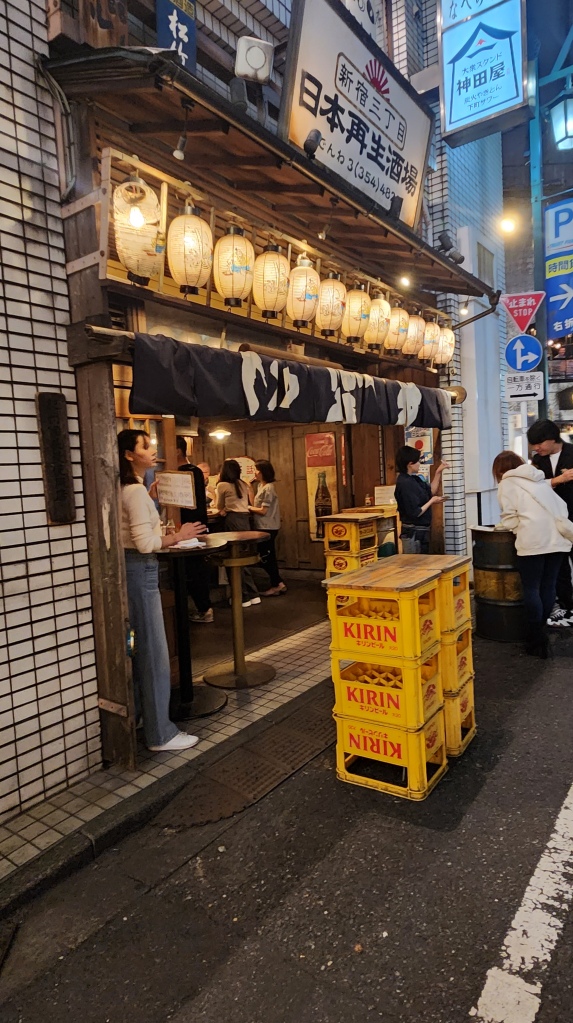


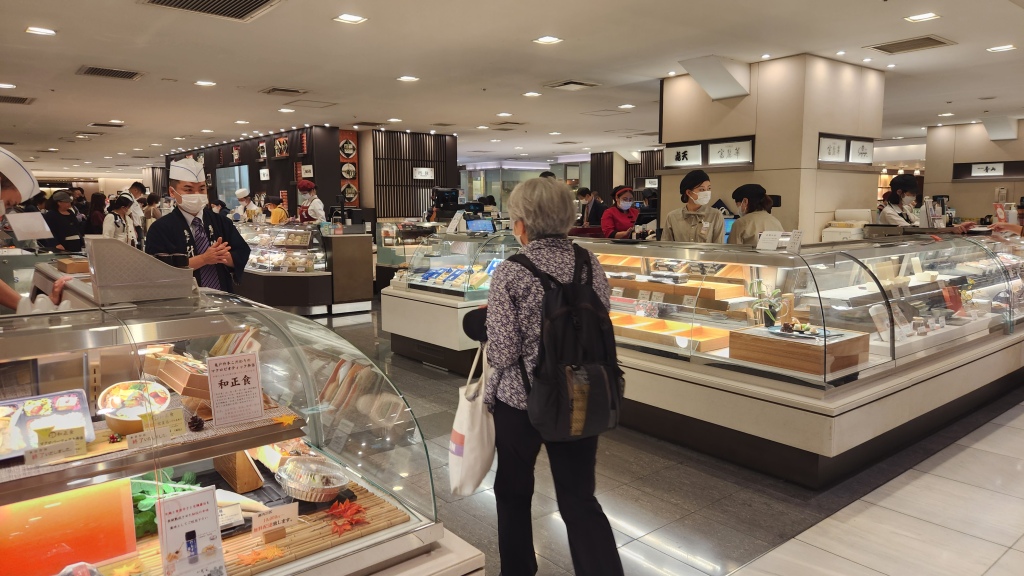
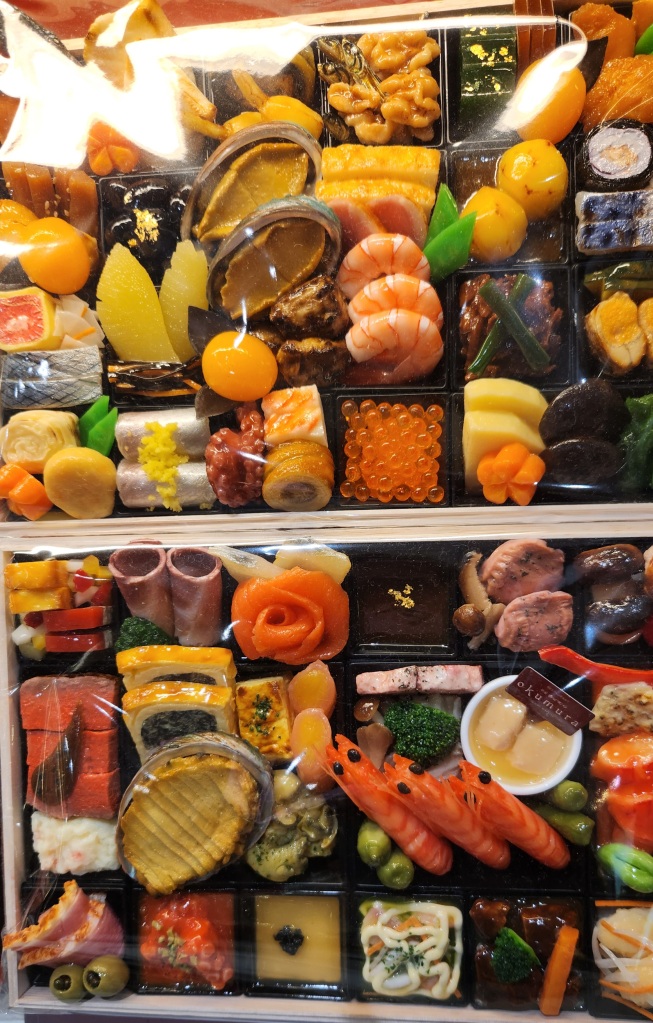
Meji Jingu Shrine
The 122nd Emperor, Meji, and the Empress Shoken’s spirits infuse the breeze through the man-made forest created with trees found from all corners of Japan. Over 10,000 trees were planted here. The wind ruffles your hair and is drawn in with each breath. Exhale pushes forward spinning prayer requests hanging at the holy temple. Prayers are released and rise skyward.

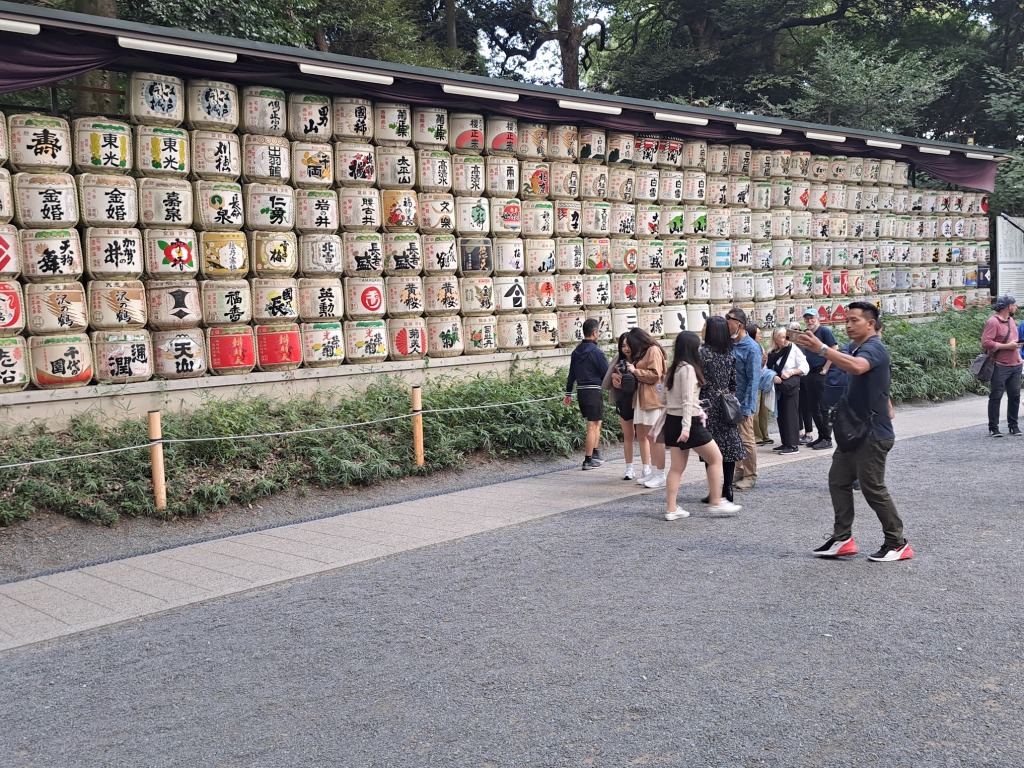

In 1868, the restored emperor took the name Meji which means “enlightened rule”. This happened after the feudal Shogun’s (generals) fell. This also ended the Samurai warriors who were appointed to protect the military system. Japan finally opened borders after 217 years ( meaning no colonists and no Christians’ allowed). Meji led the country into the modern world with a constitution, parliament and infrastructure projects like railroads stitching the country together.


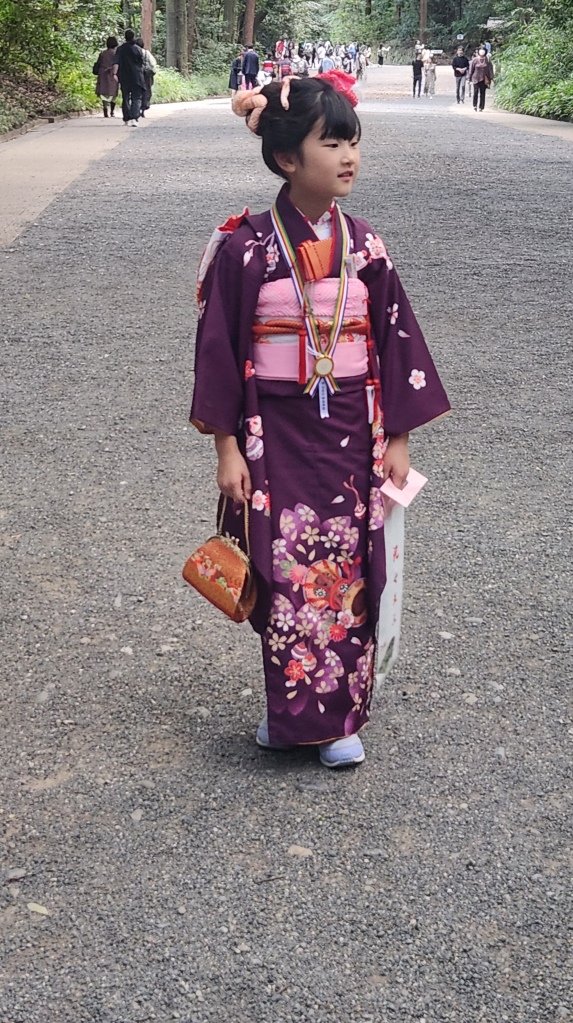
After Meji’s death in 1912, construction of this shrine began at a place embodied with prosperity and safety. Life events, such as the birth of a child are celebrated and prayed for here. We delighted in seeing children (5-years for boys, 3 and 7-years for girls) with their parents praying for continued good health. There were a few coming-of-age young women shyly smiling at well-wishers.

Weddings also happen here, which makes sense with vibes of good fortune and health. The processions, led by a Buddhist monk, are magic to watch. Burning incense rises from braziers purifying everyone.
Near the exit, there’s a fortune telling kiosk that is crammed with people waiting to pay to know what the future holds for them. I’ll wait. Surprises are better.
Shinjuku Garden

We walked to this garden from our hotel on a lovely day in October. It used to be a home of Lord Takato of the Naito clan in the Edo period ( 1591). The house (circa 1906) is still there, but it wasn’t open to view so we headed next door to the greenhouse complex established in 1872 as a research station. A path winds it’s way around a waterfall and huge waterlilies are at the bottom of the stream where it opens to a small pond.


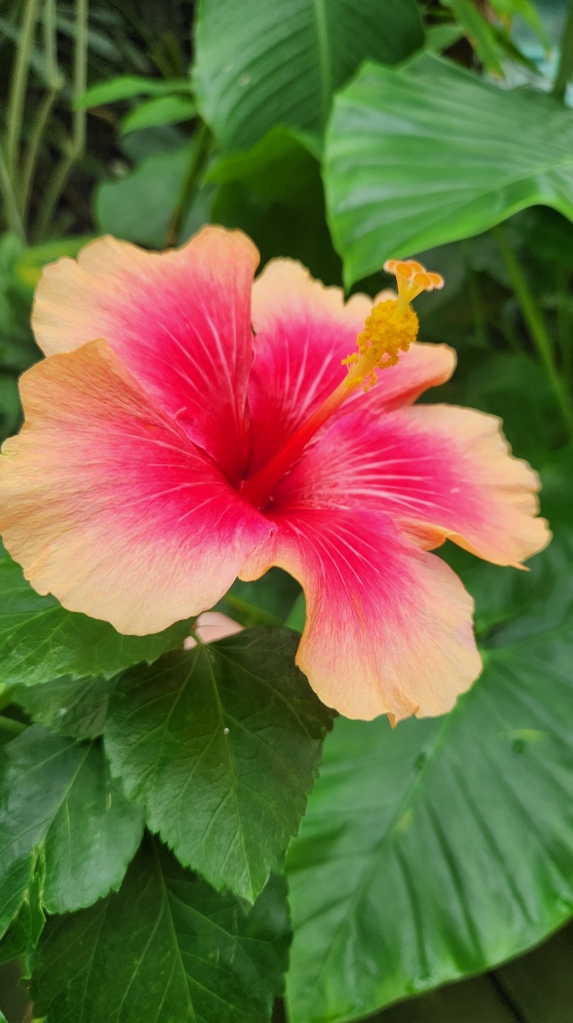
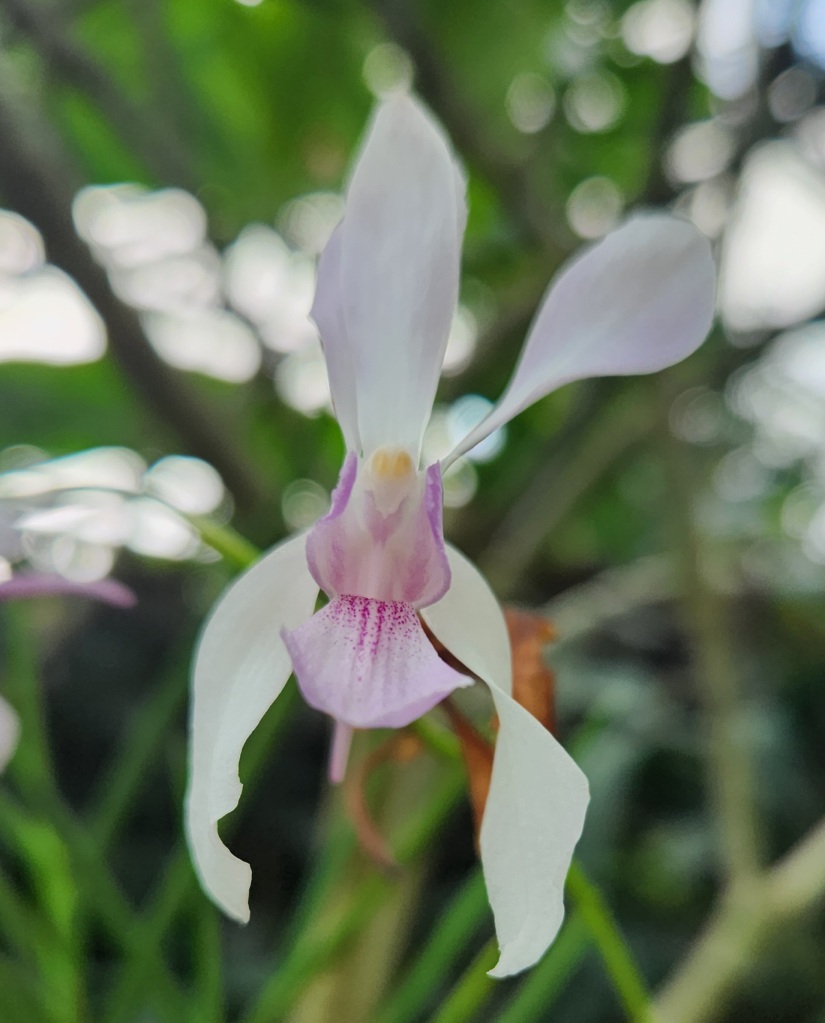


The outside pond with surrounding garden was completed in 1772. Imagine the pavillion filled with royals —well until after WW11 when the entire garden was opened to the public.



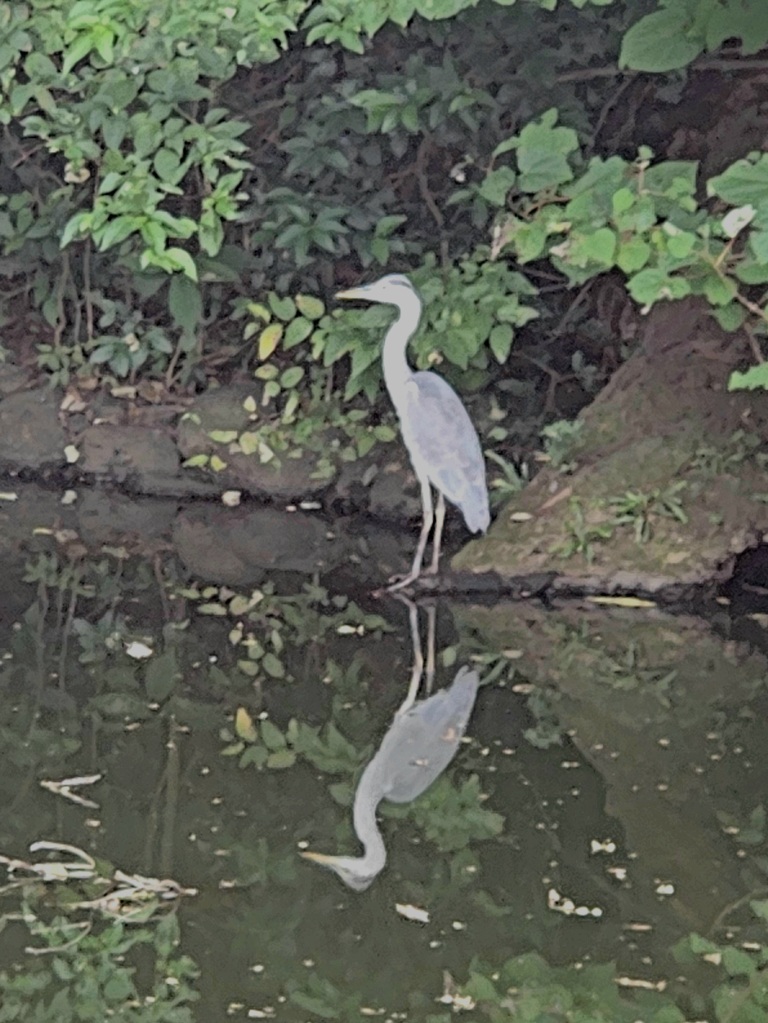
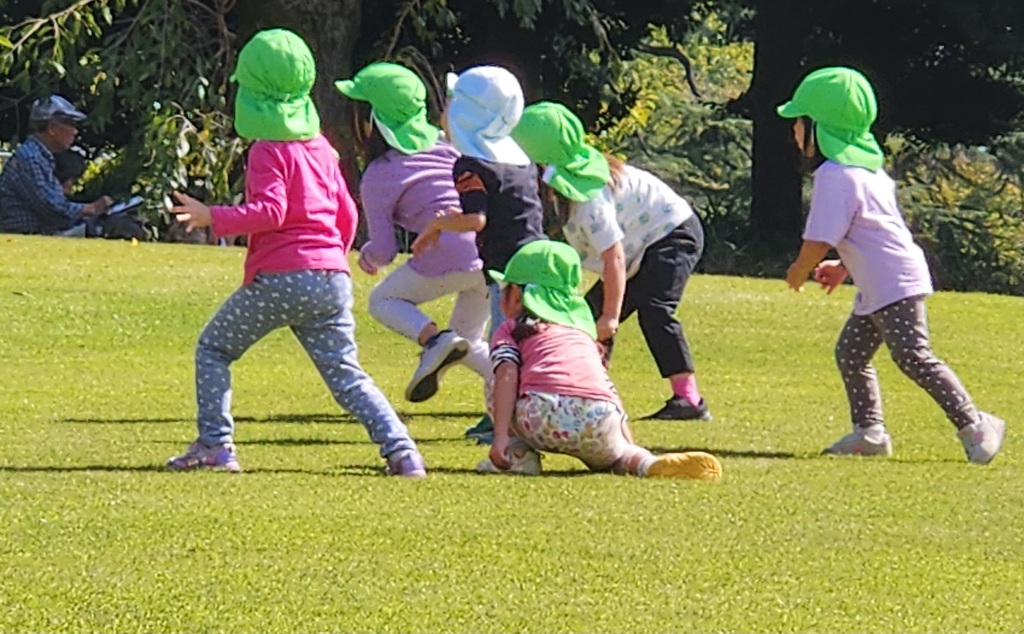
We stopped for something to eat the tea house that offers traditional seating on the floor or low tables. the tea was wonderful and so were the sweet coated soybean cakes.
Asakusa for Drumming and Sensoji Temple
We took the metro to Asakusa and walked along the river enjoying unusual architecture such as the golden turd. But we were on our way to a drum lesson a short distance away.

We did have a lesson, which was really fun although I’m glad it wasn’t taped. From the drum manufacture, we walked towards Sensoji Temple and encountered a group on the street drumming too. There’s such joy in finding the unexpected!
Sensoji Buddhist Temple
There is a story that began in 628 about 2 brothers who were fishing and found a statue of Avalokitesvara Bodhisattva Kannon who is known to be the most compassionate diety and relieves suffering. In 645 a Buddhist priest built a hall here for the statue which he quickly hid under a veil. Later, an “identical” statue was created that is rarely shown publicly. Such drama!
Asakusa Kannon’s popularity grew over the centuries and currently 30 million visitors come here every year. There are several points of entry and all of them are filled with food venders to feed the bulging crowds. Best to make a point of eating lunch early or quite late. The Tempura restaurant was very popular.

The Main hall was built by the 3rd shogun but was destroyed in a bombing raid during WW11. It was rebuilt in late 1950. The hall is divided into an inner and outer sanctum with the Kannon in a special locked temple in the middle. It’s not appropriate to take pictures with people praying, but I used a long zoom that I used from the outside steps.

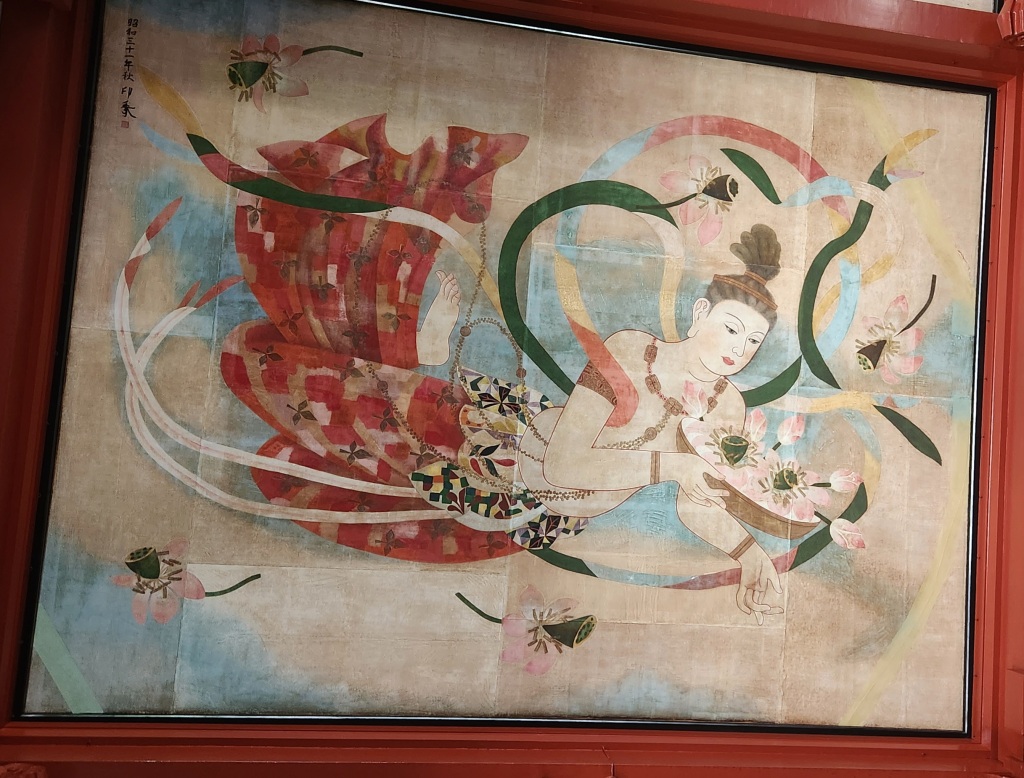

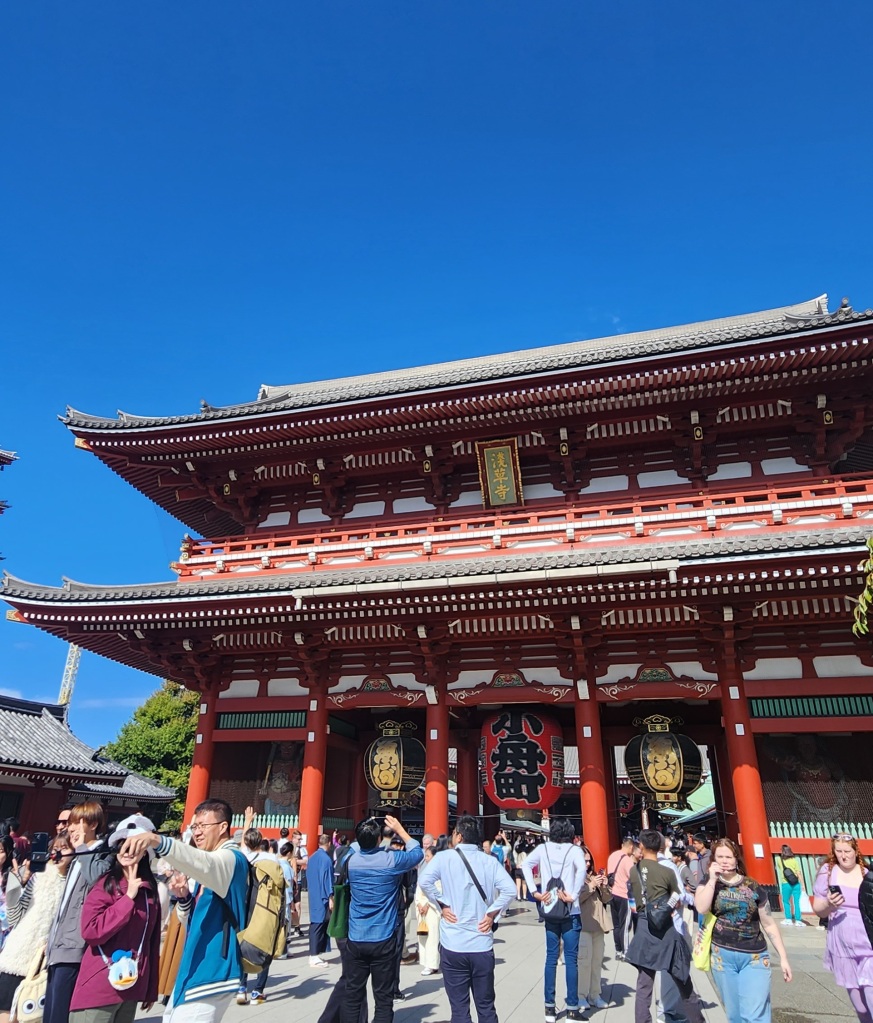
the five-storied Pagoda was built in 942 and destroyed in WW11. It was rebuilt in 1973 with donations. Buddhas ashes were given as a gift to the new Pagoda.

Let’s dress up!
In general, the men and women of Tokyo dress very nicely. Lovely suits, shiny shoes and beautiful purses. Elegant dresses and heels. There aren’t any slouchy pants that fall below the waist or gym shoes for that matter—unless someone is in the park and jogging.
What was super fun was watching the teenage to college-aged women who either dressed up as baby dolls, cats, bunnies or even Scottish kilts. Everyone wears kimono’s and there are a variety of rental stores if you don’t happen to have one. We had a home-hosted dinner and the lady of the house has over 80 silk kimono’s! Even I got to dress in one of hers, which was wonderful.

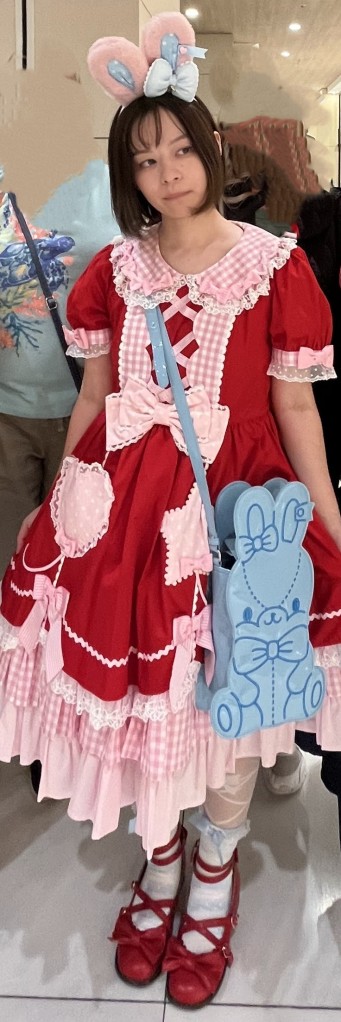

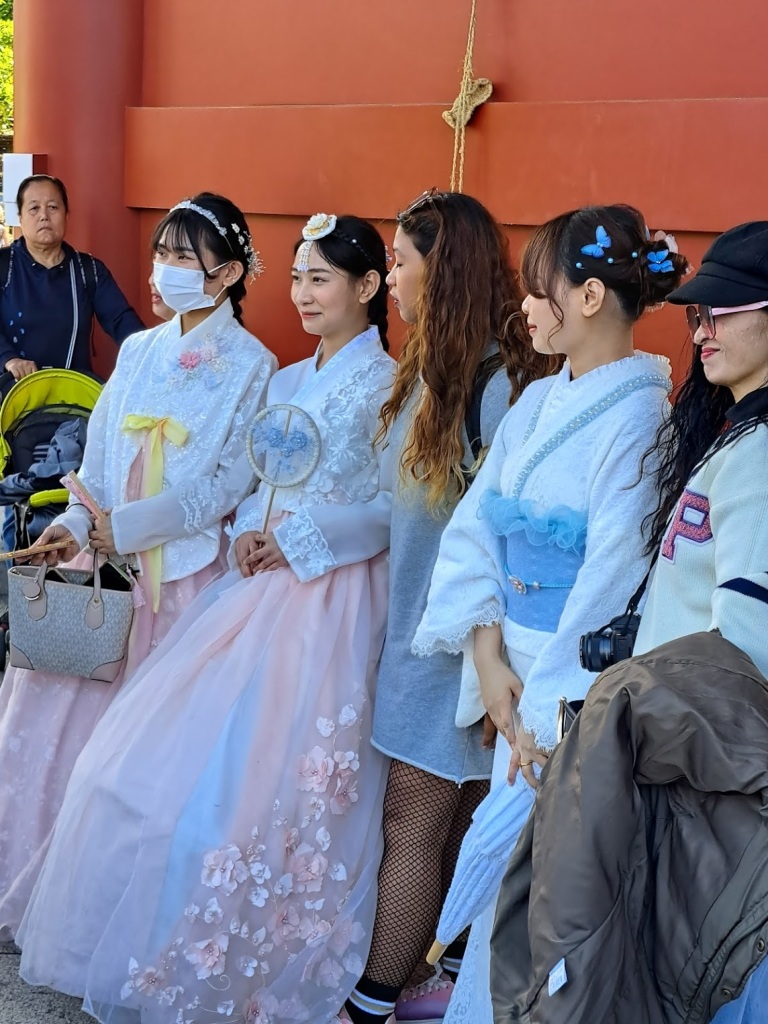

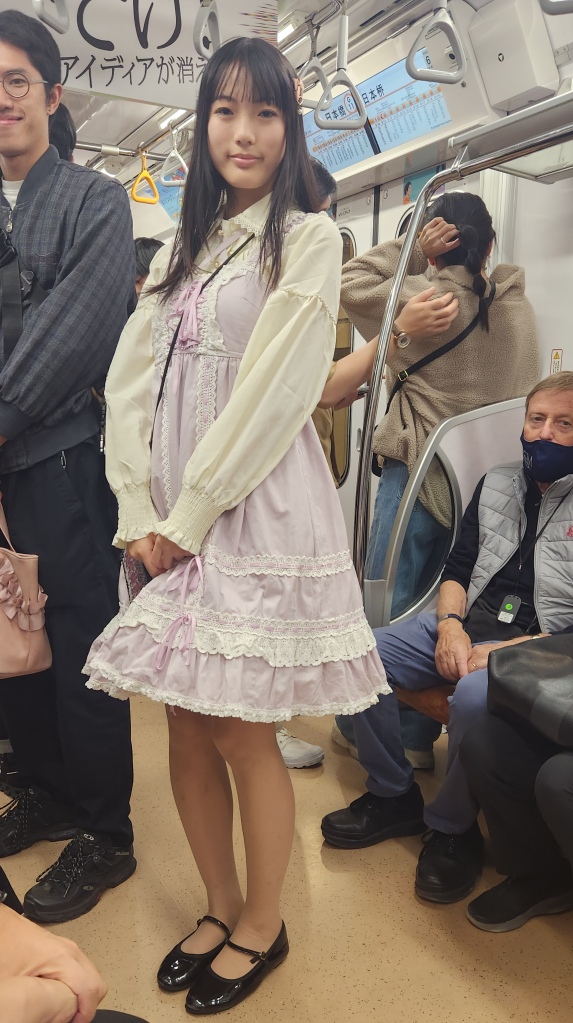

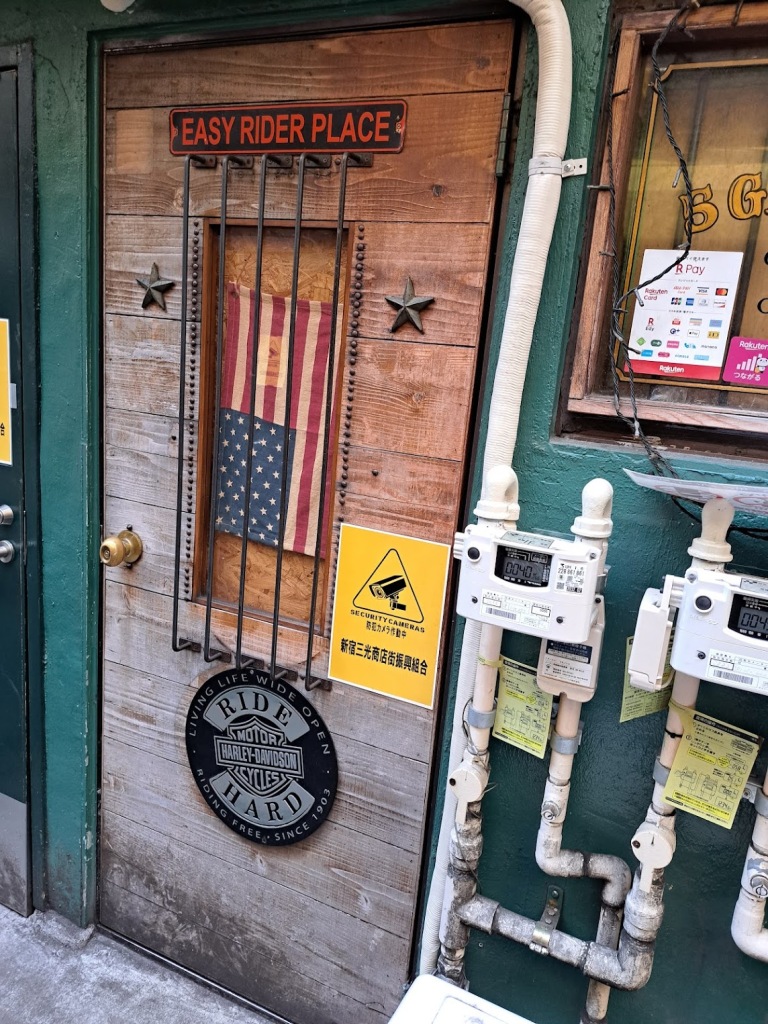
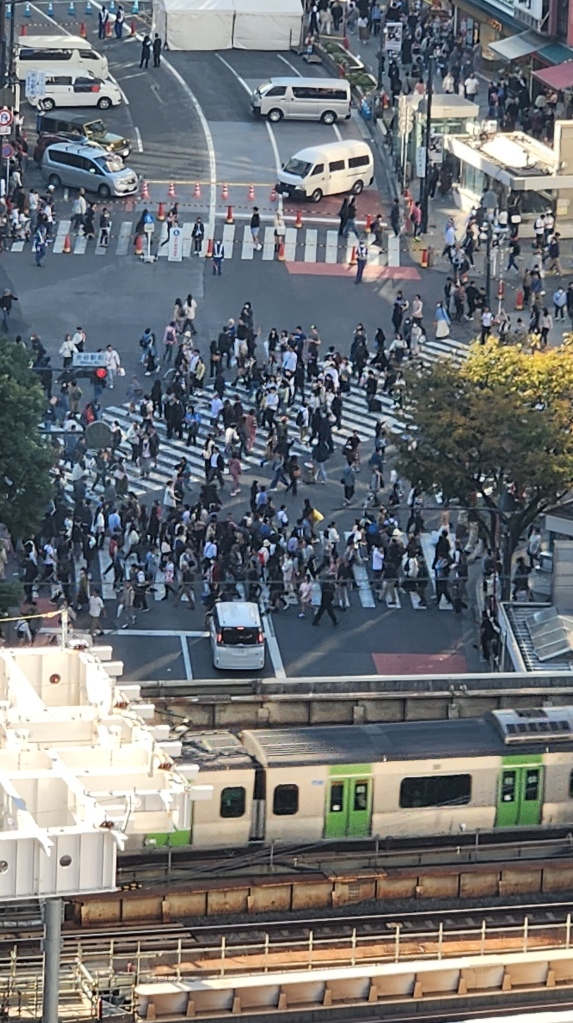

Next up: Hakone and Mount Fuji